Last updated on January 10, 2024
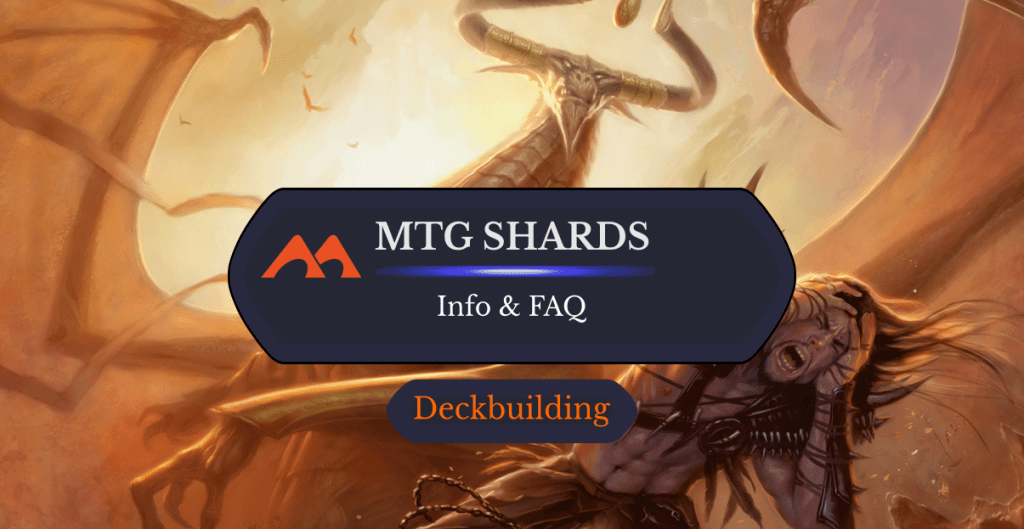
Cruel Ultimatum | Illustration by Todd Lockwood
There’s almost no one who plays Magic and isn’t somewhat aware of Ravnica’s guilds. 10 factions represent each color pair through specific mechanics and flavors. Most players, especially those on the Vorthos side of things, identify with a guild. But sometimes two colors aren’t enough.
About five years after our first trip to Ravnica and the official naming of the color pairs, Magic took us to a new plane named Alara. This plane was torn apart… literally. Alara was divided into five shards, each of which represented a combination of three colors of mana.
Let’s go ahead and take a look at all five of the shards and what makes them special!
What Is a Shard in Magic?
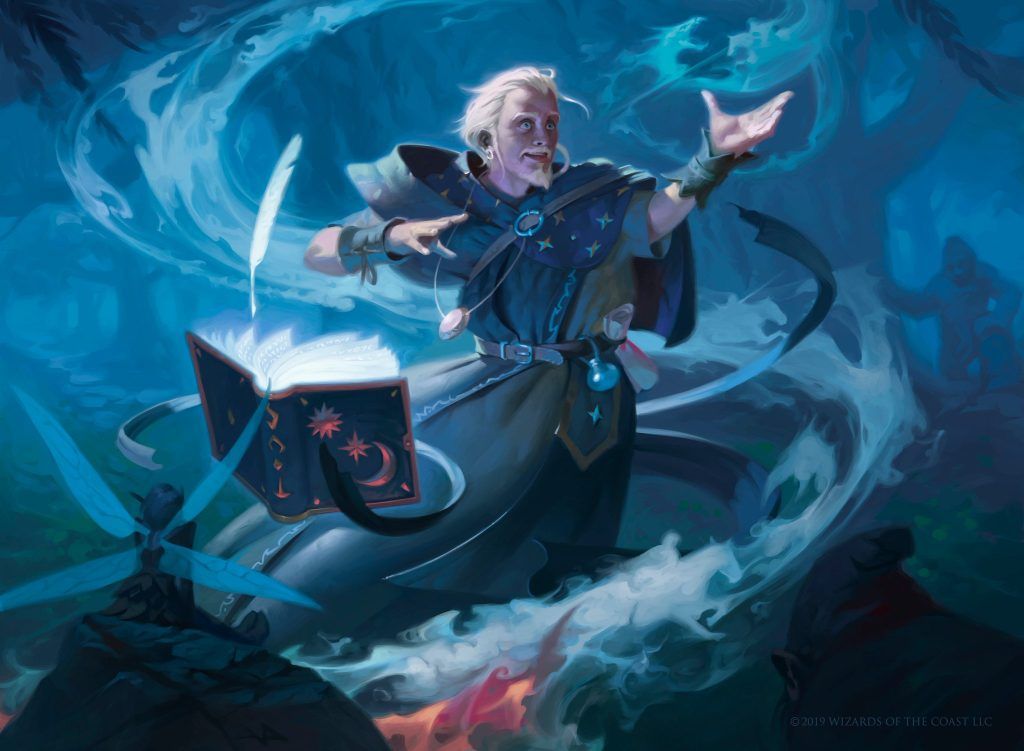
Chulane, Teller of Tales | Illustration by Victor Adame Minguez
A shard is a combination of three colors centered around one main color with the other two being that color’s allies. The mechanics of each shard are mostly centered around a single color, with the other two “expanding” on its abilities.
How Many Shards Are There? What Are They?
There’s a total of five shards. Each of them represents a combination of one of Magic’s colors and its two allied colors. Shards serve as a way to support 3-colored strategies, as well as a resource to establish themes and flavor within the universe of the game.
While the term shard is often used to refer to allied color combinations all throughout the game, the real five shards are those that were specifically introduced in the plane of Alara.
What Set Were Shards Introduced?
Shards were introduced during the Shards of Alara set, the first set in the Alara block. The story of the set revolved around a world that had been divided into five shards; each of these shards had access to only three types of mana, with one of those being the central color and the other two being its allied colors. While the Alaran shards are the ones that we use to refer to allied 3-color combinations now, it’s far from the first time that these combinations showed up in the game or even had a faction associated with them.
The first set that allied 3-color combinations showed up in was Legends. While there were several cards in the set for each combination, probably the most memorable examples of them are the original elder dragons. They gave EDH its original name after all.
Before receiving the official naming of ‘shards’, allied 3-color combinations started showing up as a theme during Invasion block. Both Invasion and Planeshift featured the Dominarian primeval dragons. Each of these dragons was within the colors of each shard and had a few cycles of cards associated with them. There were also the “(word)scape” factions and their cycles, each of which were also “shard”-themed.
It was several years after Invasion block that the Alara block would come around and finally give us a standardized name for allied 3-color combinations.
There wouldn’t be another shard-focused set until Streets of New Capenna, where each of them was represented by one of the five criminal families that rule the city-plane.
The Shards
I’ve chosen to rank the five shards based on how consistently strong I find them to be, and how much fun I think their strategies are. Not unlike Ravnica’s guilds, ranking the shards is ultimately very subjective, so this is far from an attack on any of them.
#5. Bant
Colors
Bant () is the combination of green, white, and blue. In this case, white is the central color, with green and blue being the two allied ones.
Identity
The Dominarian representatives of Bant are Arcades Sabboth for the elder dragons and Treva, the Renewer for the primeval dragons. The school of magic that represented this shard was Sunscape.
The Bant shard in Alara is inhabited by an order of clerics and paladins. They heavily respect order and balance, being both merciful healers and experienced warriors.
The final representatives of this color combination are the Brokers of New Capenna. They’re lawyers and bureaucrats, the closest the metropolis has to any kind of law enforcement.
Representative Mechanics
The Bant shard in Alara is focused on the exalted keyword. This mechanic triggers whenever a creature attacks alone, granting it +1/+1 for each instance of exalted you control. It’s a very neat way to represent Bant’s heroes and the overwhelming support that they receive from their peers.
The Capennian Brokers utilize shield counters, which protect a creature from the next time it would receive damage or be destroyed by an ability. This mechanic represents the Brokers’ work as lawyers and bodyguards.
Famous Cards
- Chulane, Teller of Tales
- Derevi, Empyrial Tactician
- Arcades, the Strategist
- Brokers Ascendancy
- Bant Charm
#4. Naya
Colors
Naya () combines red, green, and white. The central color in Naya is green, with white and red being its allied colors.
Identity
Nayan colors are represented in Dominaria by Palladia-Mors for the elder dragons and Rith, the Awakener for the primeval dragons. The corresponding school of magic was Thornscape.
The Naya shard is a place where nature and wildness are not only respected but also glorified. Naya’s nature is (mostly) harmonious and balanced, but it’s no stranger to the brutality so common to it.
The Cabaretti of New Capenna are the plane’s representatives within Naya colors. They’re hedonists who use their power and influence to organize massive parties and constantly engage in satisfying their base desires.
Representative Mechanics
Naya’s mechanics are focused around creatures with power 5 or greater. Most of their cards are either large creatures or have effects related to them. This mirrors nature’s glorious beasts and their massive sizes.
The Cabaretti’s keyword is alliance, which highlights the family’s focus on connections and socialization. This keyword serves as a way to highlight creatures with abilities that trigger whenever another creature enters the battlefield.
Famous Cards
- Jetmir, Nexus of Revels
- Zacama, Primal Calamity
- Marisi, Breaker of the Coil
- Naya Charm
- Atla Palani, Nest Tender
#3. Jund
Colors
Jund’s colors are black, red, and green (). Red is this shard’s main color, with green and black being its allies.
Identity
Vaevictis Asmadi represents Jund among Dominaria’s elder dragons, and Darigaaz, the Igniter does so for the primeval dragons. Thunderscape was the school of magic representative of these colors.
Alara’s Jund shard is a kind of inverted version of Naya. Where Naya is a harmonious glorification of nature’s great beasts, Jund is a wild hunting ground where survival of the fittest is the ultimate law. Dragons rule supreme as the apex predators while humanoids and beasts alike fight for their survival.
The Riveteers of New Capenna are the plane’s Jund-colored faction. They are manual laborers and the city’s underclass, as well as brawlers, thugs, and wrecking crews.
Representative Mechanics
Devour is Jund’s keyword mechanic. A perfect representation of this shard’s dog-eat-dog (dragon-eat-everything is more accurate) type of world, devour allows a creature to prey on other creatures to become stronger. This is represented by the creature allowing you to sacrifice creatures to place +1/+1 counters on it.
The keyword ability of the Riveteers of New Capenna is blitz. This ability allows you to give that creature haste and drawing a card when it dies, at the cost of sacrificing it at the end of your turn. This represents the high-risk jobs and operations that the Riveteers engage in.
Famous Cards
- Prossh, Skyraider of Kher
- Korvold, Fae-Cursed King
- Lord Windgrace
- Ziatora, the Incinerator
- Karrthus, Tyrant of Jund
#2. Esper
Colors
White, blue, and black are Esper’s colors (). Blue is this shard’s main color while white and black are its allied ones.
Identity
This combination is present in Dominaria in the form of Chromium for the elder dragons and Dromar, the Banisher for the primeval dragons. Stormscape is the corresponding school of magic.
The Esper shard in Alara is a place of calculated and oppressive standards of perfection. It’s inhabited by artificers who work with aetherium and seek to perfect themselves and the world around them.
The Obscura represents Esper on New Capenna. They are information brokers, spies and investigators. No one in the city is beyond their prying eyes.
Representative Mechanics
The Esper shard of Alara is heavily populated with colored artifacts and artifact-related cards. The mechanics that represent this shard center around artifacts and artifact creatures, either through triggers, cost reductions, or other mechanics.
The keyword ability associated with the Obscura is connive. This ability basically allows you to manipulate your hand while also reinforcing your creatures. This reflects the Obscura’s attempts to use their information to pick and choose what they need for the right situation and how they get reinforced through that.
Famous Cards
#1. Grixis
Colors
Grixis’ colors are blue, black, and red (). The main color in this shard is black, with blue and red being the secondary ones.
Identity
Dominaria’s Grixis elder dragon is the most well-known of them all: Nicol Bolas, one of Magic’s main villains. Crosis, the Purger filled that role amongst the primeval dragons, and the school of magic associated with Grixis was Nightscape.
The Grixis shard is essentially a massive necropolis. A hellscape inhabited by demons and zombies, this shard represents all that’s bad and cruel in Alara.
The faction that incarnates this shard in New Capenna are the Maestros. Art thieves and ruthless assassins. Where the Cabaretti are hedonists for their base pleasures, the Maestros are hedonists for the finer pleasures in life like art, power, and a good kill.
Representative Mechanics
The Alaran Grixis is represented by the unearth keyword. Unearth lets you return a creature from your graveyard to the battlefield with haste, at the cost of exiling it at the end of your turn or if it’d leave the battlefield. This ability perfectly represents a world where the dead are just another resource to be used until it has been completely grinded into dust.
The ability associated with the Maestros is casualty. This ability lets you sacrifice a creature to copy a spell. It somewhat works within the idea of the Maestros as ruthless assassins who’d be willing to murder whomever they need to, and them being inspired by or gaining some kind of benefit from it. Even if the victim used to be one of their own.
Famous Cards
- Kess, Dissident Mage
- Nicol Bolas, Dragon-God
- Marchesa, the Black Rose
- Nekusar, the Mindrazer
- Cruel Ultimatum
Shards vs Wedges and Clans
Wedges are the inverse of shards, combining a central color with its two enemy ones. They are usually associated with the clans from Tarkir, which were the ones to give official names to the different combinations.
Both shards and wedges have several strengths and weaknesses. Building a wedge deck usually takes a more unconventional approach to magic strategies, which can make it simultaneously more complicated but also more fun to do. Shards are usually more straightforward in how you can build them, making for clearer strategies both to build around and for your opponents to figure out and counter.
Shards vs New Capenna Families
The Alaran shards have very particular characteristics, but while they can have some notable differences, they’re ultimately pretty similar in theme and flavor to the New Capenna families.
Some major differences between them include:
Bant and Brokers both interact with combat quite directly, but Bant has a stronger focus on making specific creatures powerful and attacking, while the Brokers take a more defensive approach.
Naya and Cabaretti both care about creatures. Naya are focused on large, towering beasts and ensuring they can get through, while the Cabaretti prefer a the-more-the-merrier type of strategy.
Both Jund and the Riveteers require their members to be able to survive in pretty hostile environments. However those who inhabit Jund fight for survival and placing themselves as apex predators, while the members of the Riveteers tend to prefer reckless actions in favor of helping their family.
The main difference between Esper and the Obscura lies in their approach. Both factions are obsessed with control. The Esper force that control onto everyone through artifacts and an impossibly oppressive society. The Obscura prefer holding control in the shadows, using information and spells to manipulate others.
The differences between Grixis and the Maestros are more clearly expressed through their aesthetics. Both groups have no qualms about sacrificing their own in favor of victory, but the Grixis approach is usually uglier and nastier, bringing back zombies and causing chaos, while the Maestros prefer a clean kill that’ll push their schemes forward.
Wrap Up
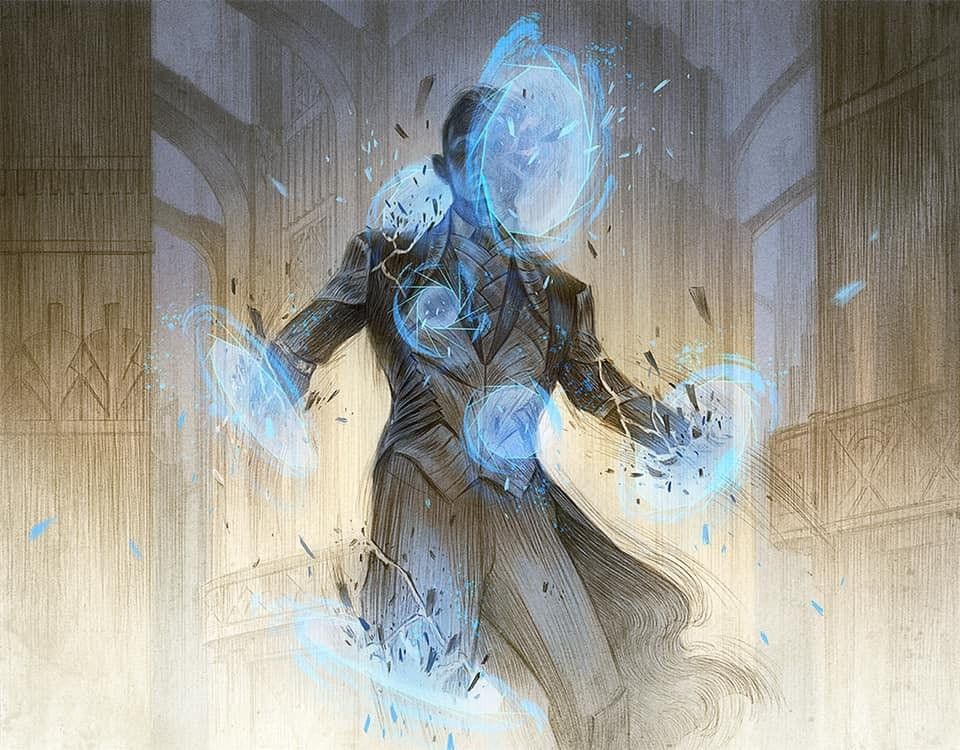
Void Rend | Illustration by Rovina Cai
And that’s that for Magic’s Shards. I really like how the allied 3-color combinations have been represented. From Dominaria’s dragons to New Capenna’s families, each representation has something unique and interesting while also staying cohesive with each other. As a mostly-Commander player, I actually find Shard decks to be some of the most fun to build. They have access to tons of different resources and strategies while remaining unique and functional.
But enough about what I think. What’s your favorite Shard? Do you agree with my ranking? Do you prefer Shards or Wedges? And what about Shards or New Capenna families? Leave a comment letting us know! And don’t forget to pay our Discord server a visit. There you’ll find an amazing community of MTG fans to share your hobby with!
That’s all from me for now. Have a good one, and I’ll see you next time!
Follow Draftsim for awesome articles and set updates: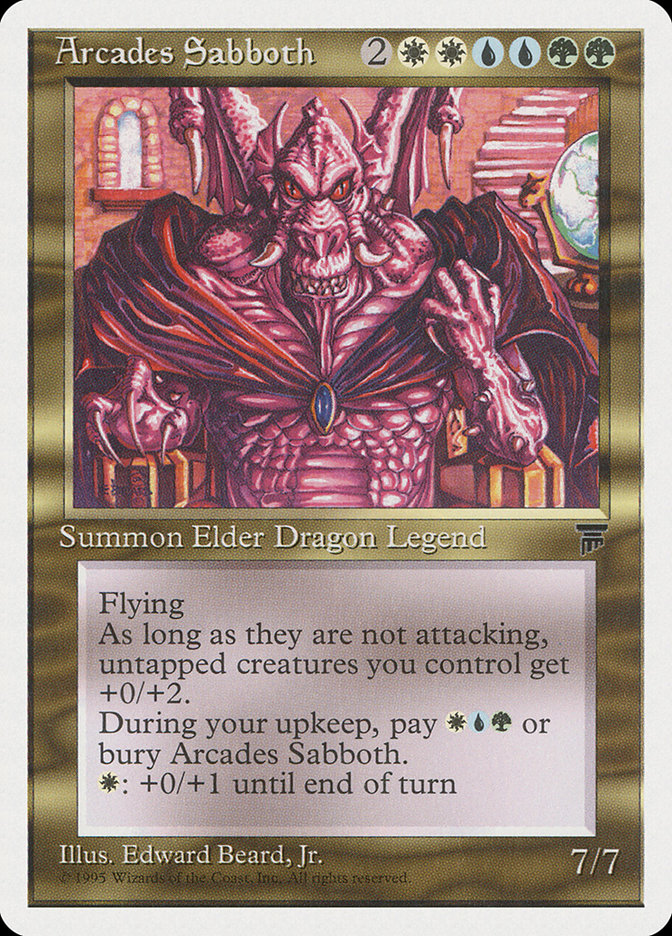
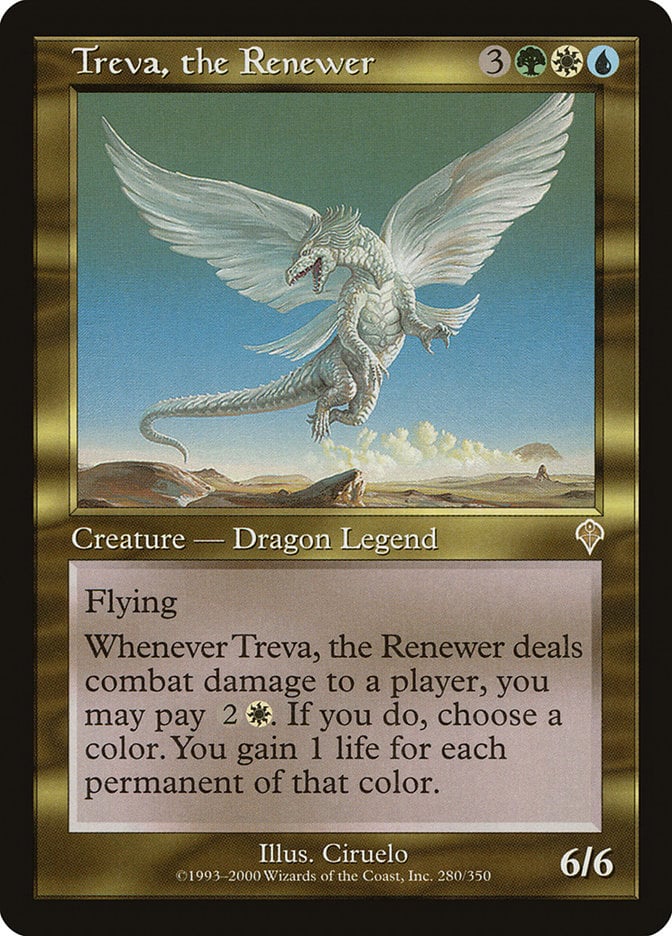

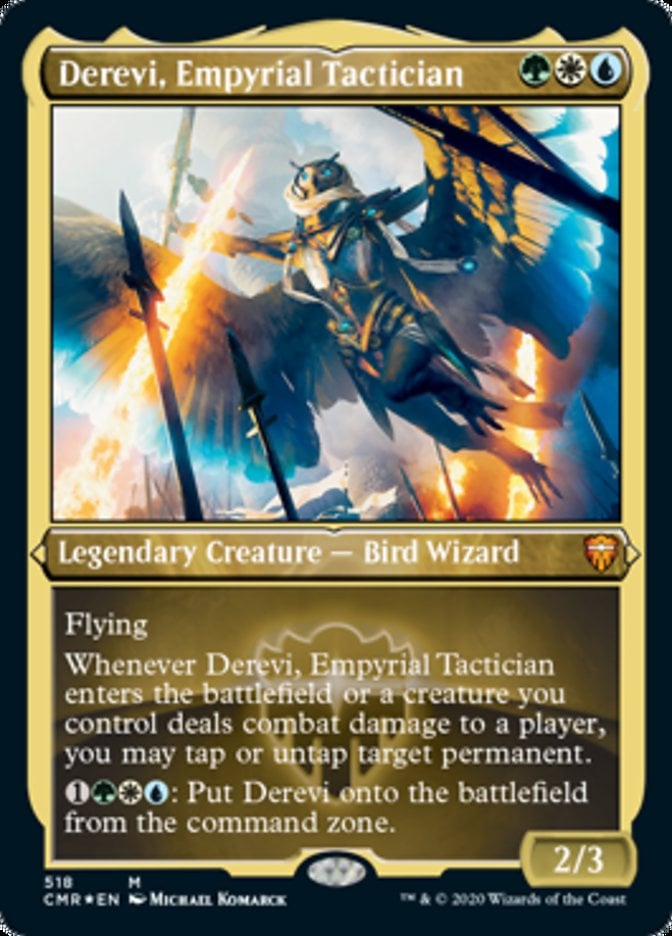

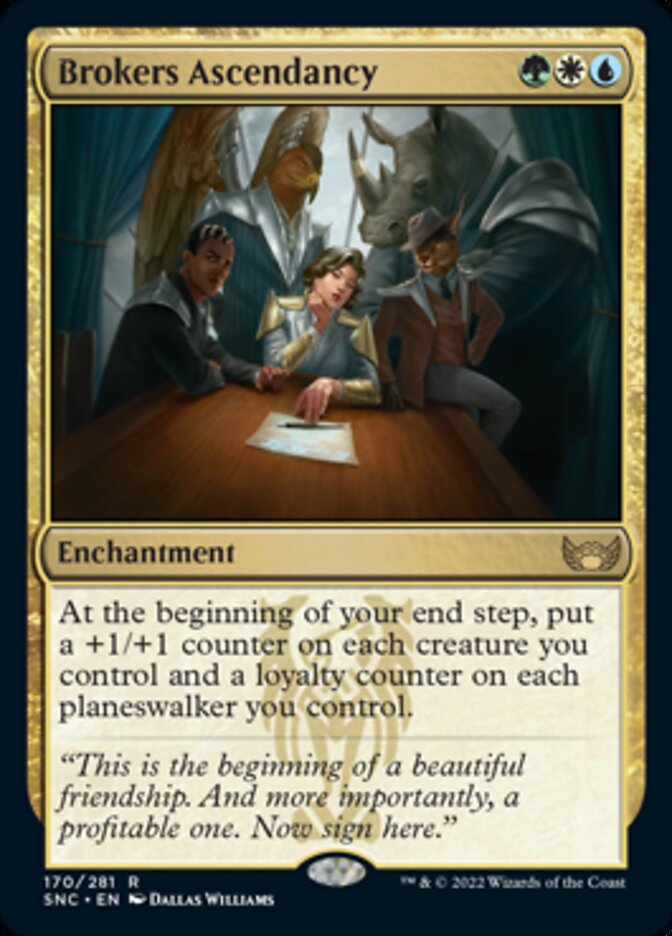
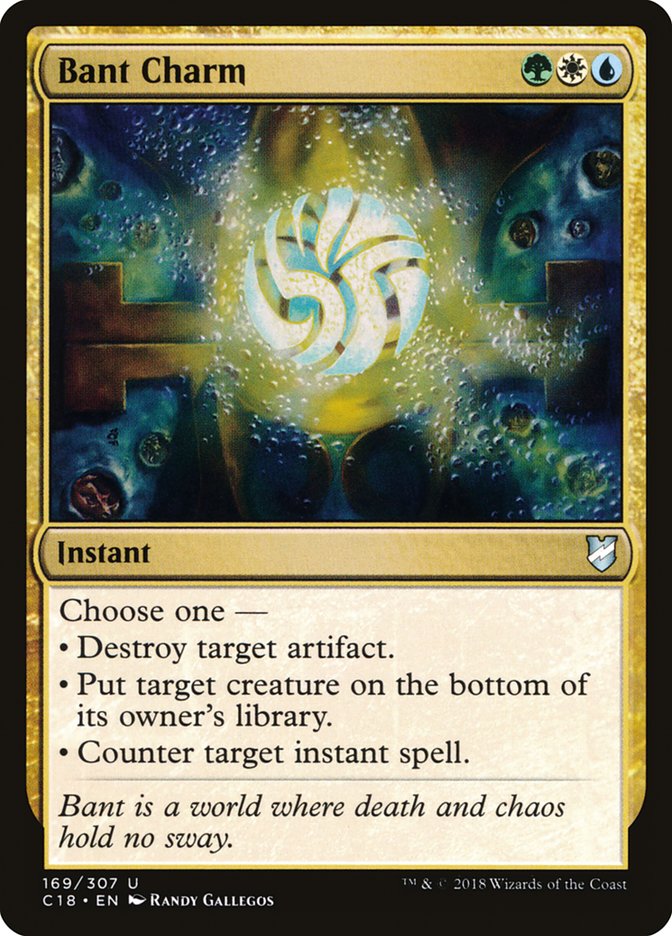

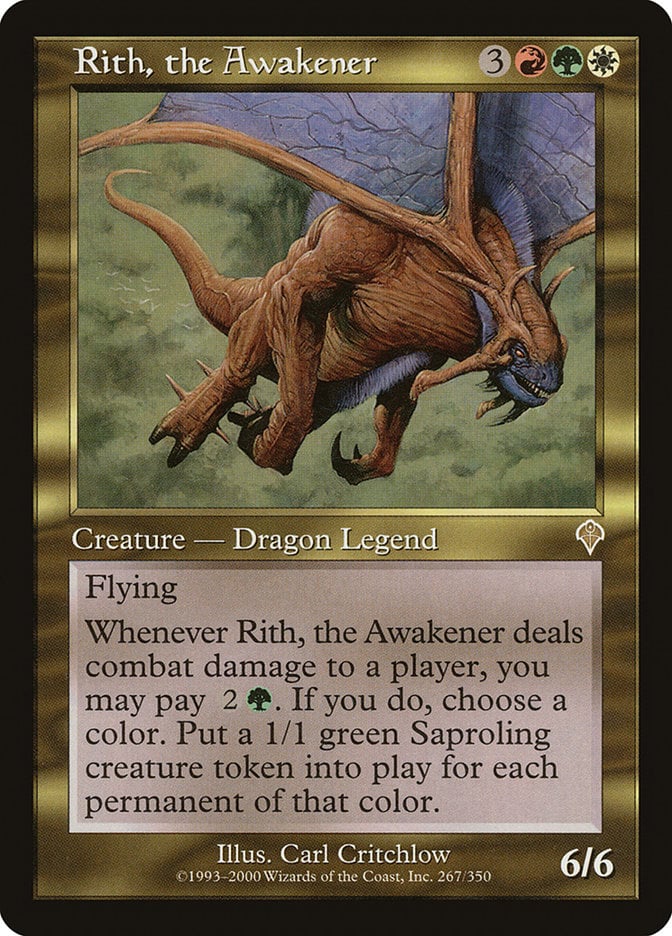
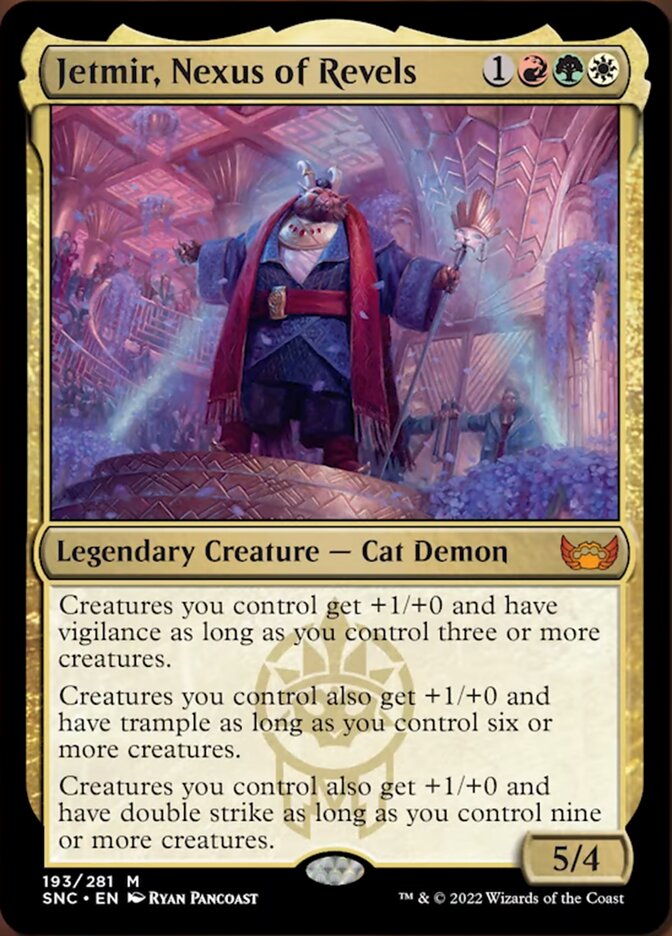

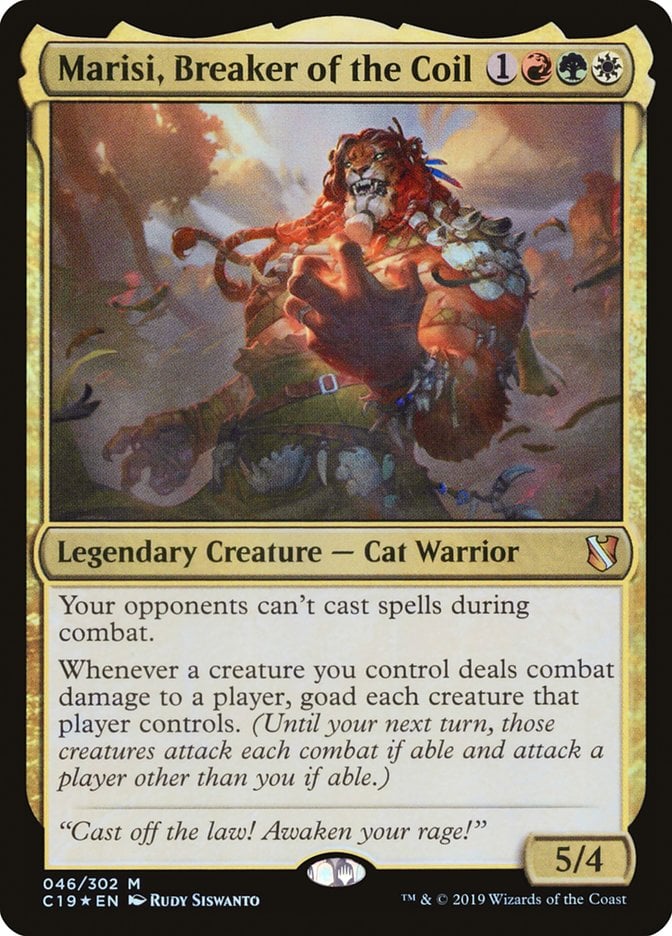

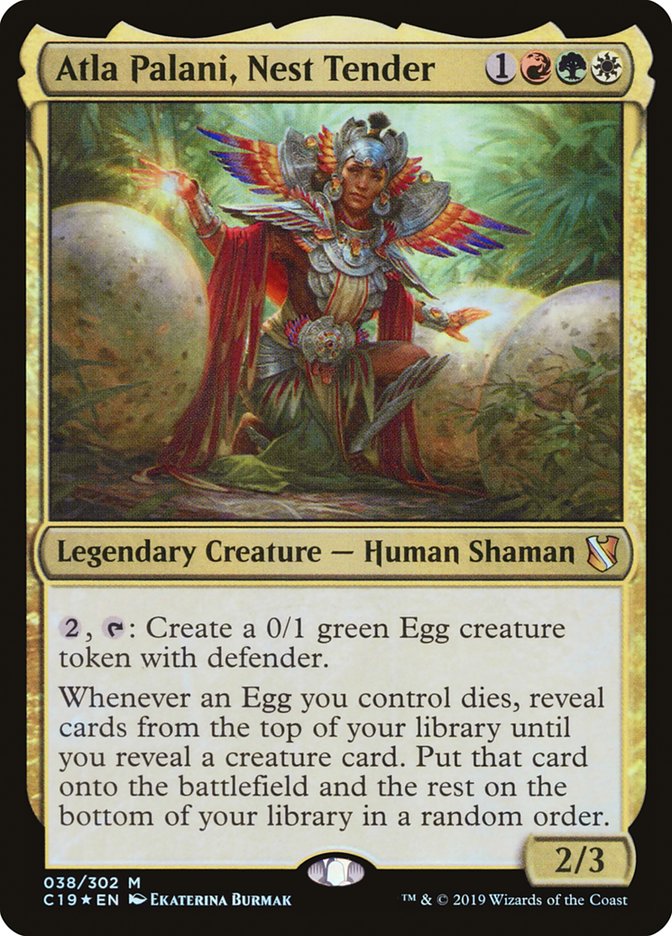
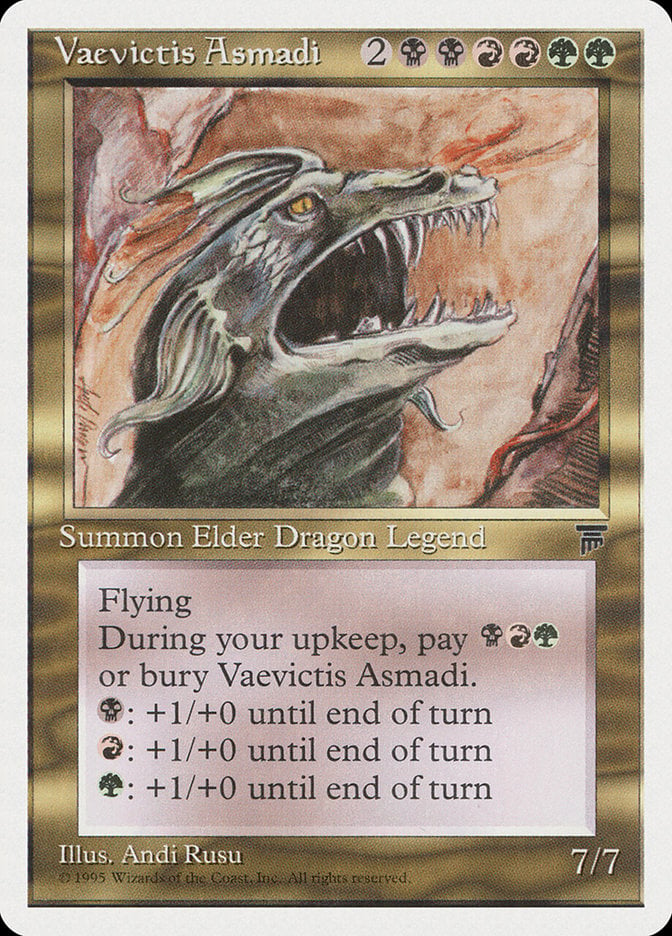
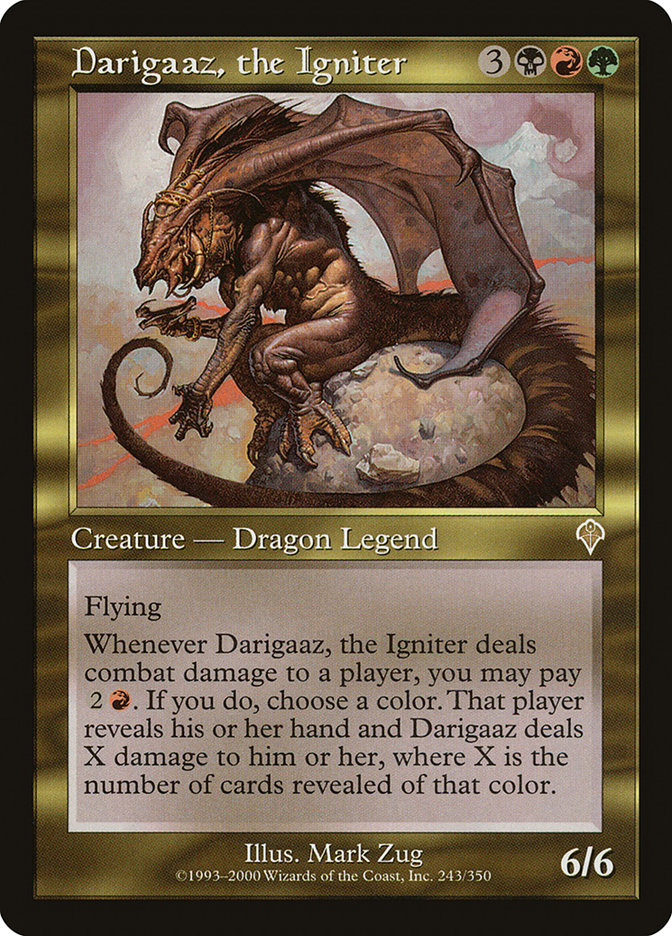
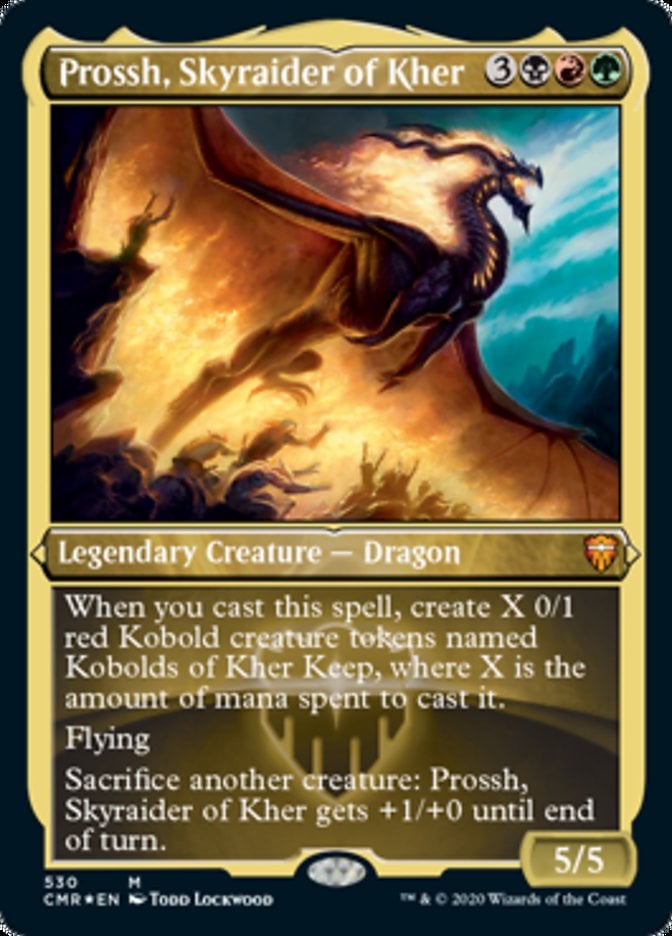
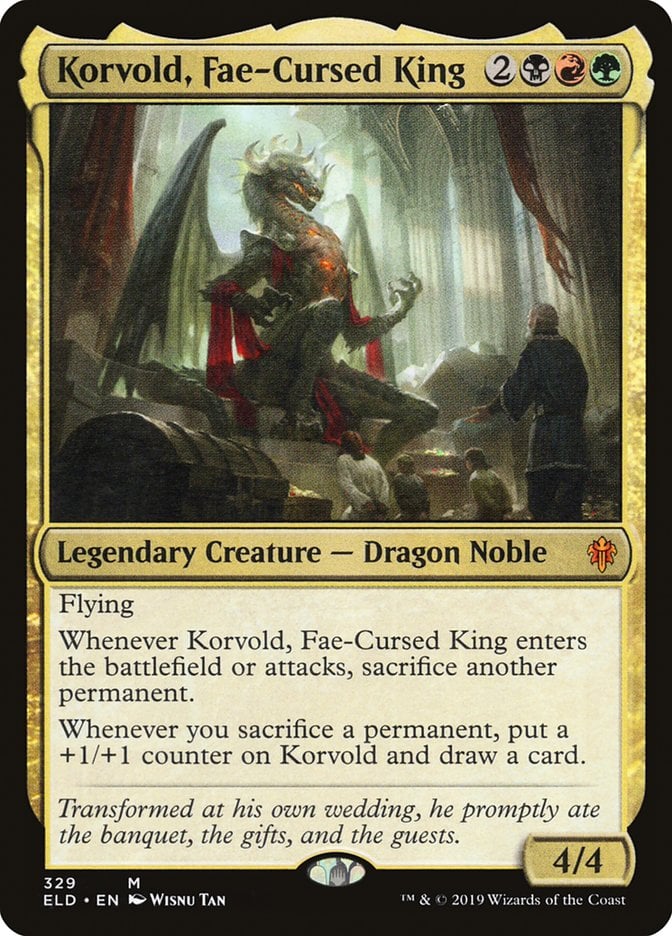

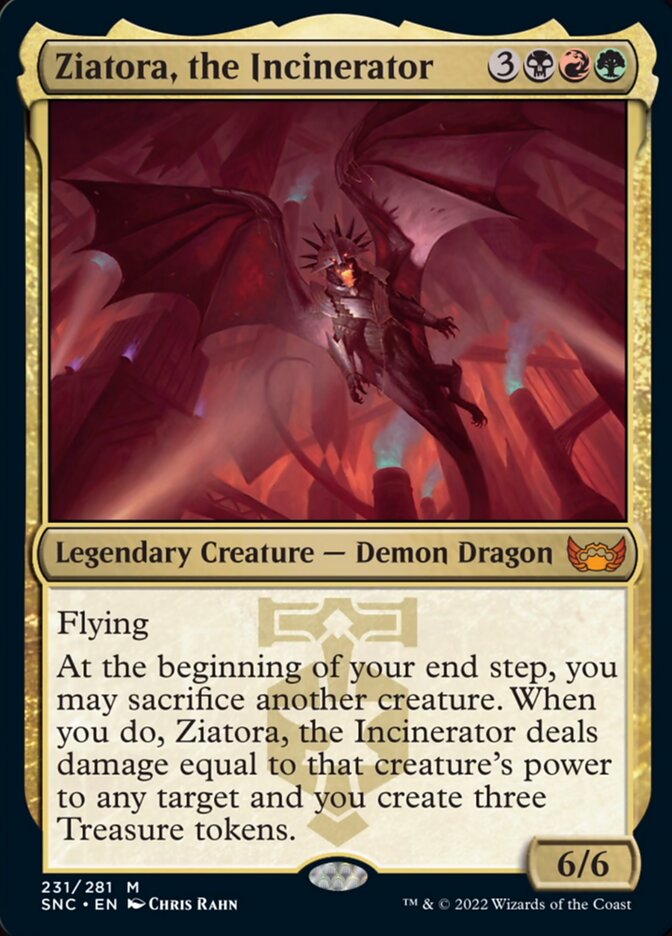
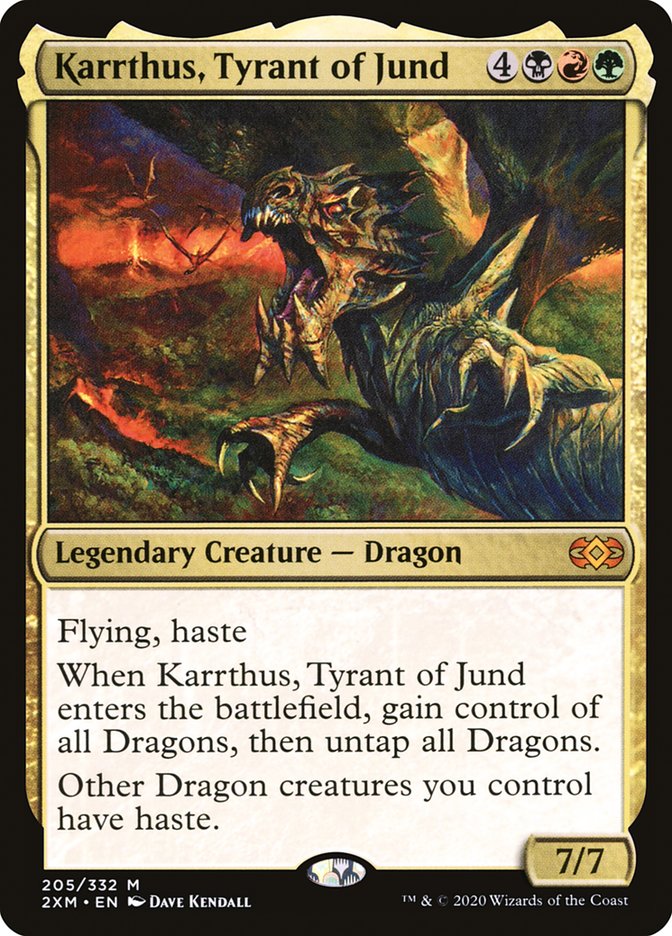
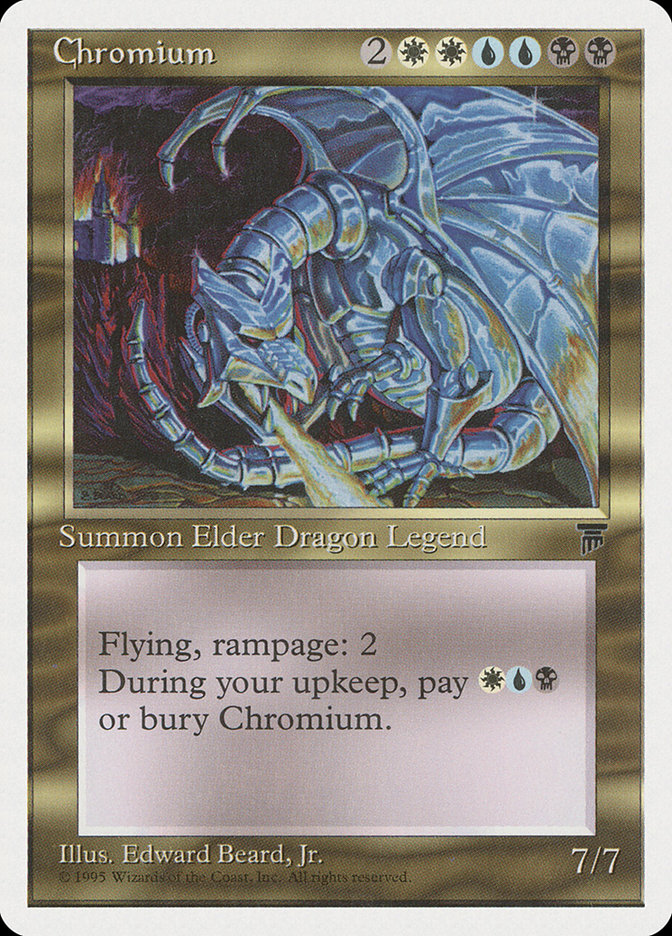
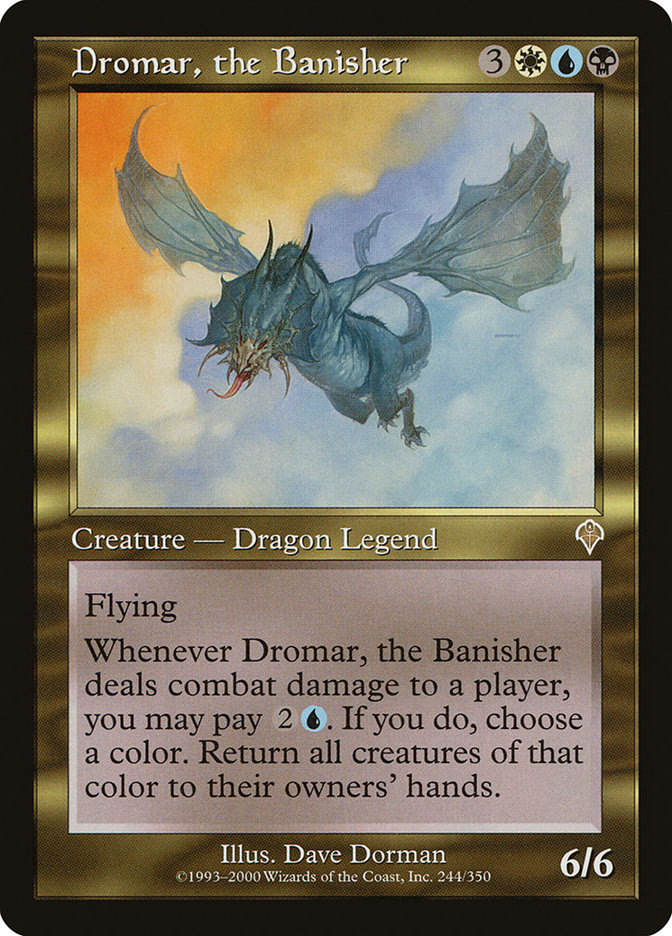
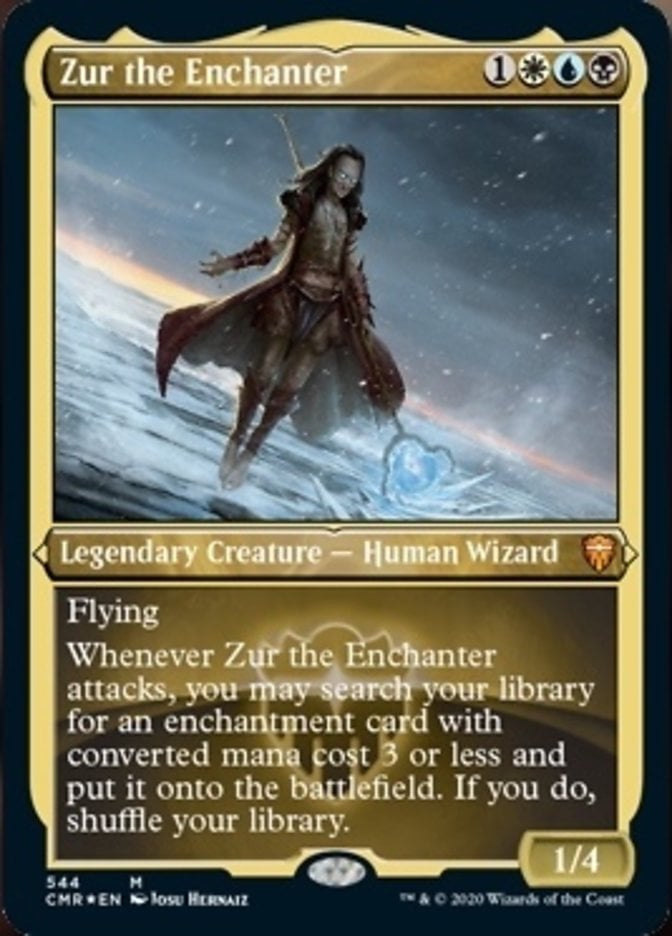
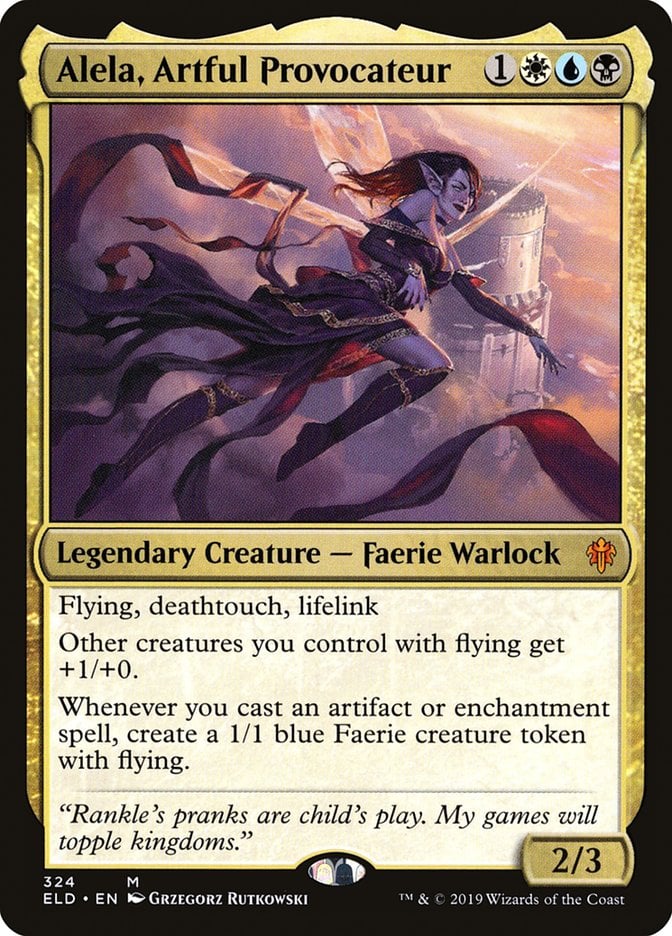

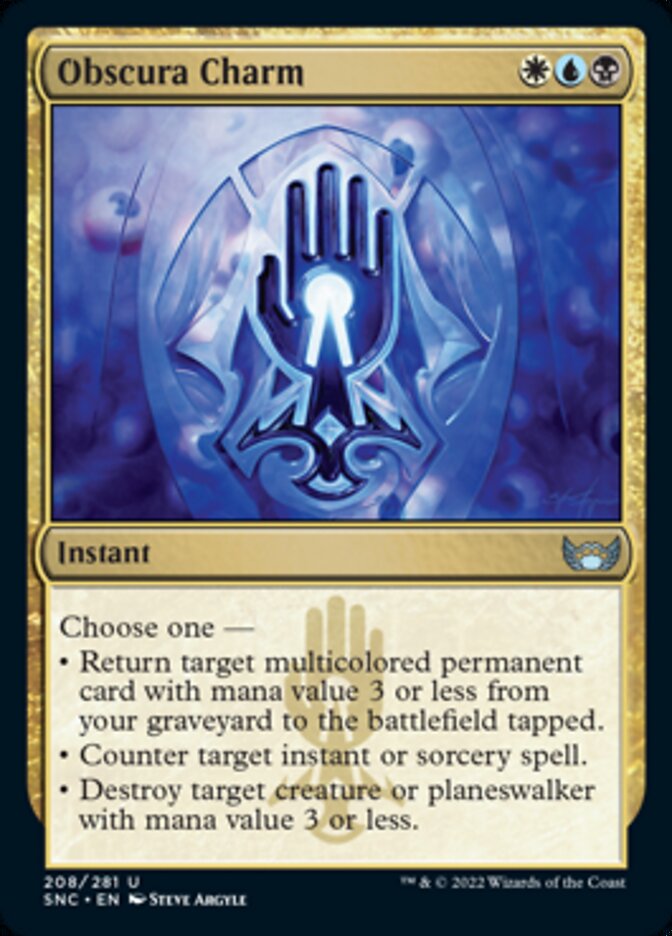

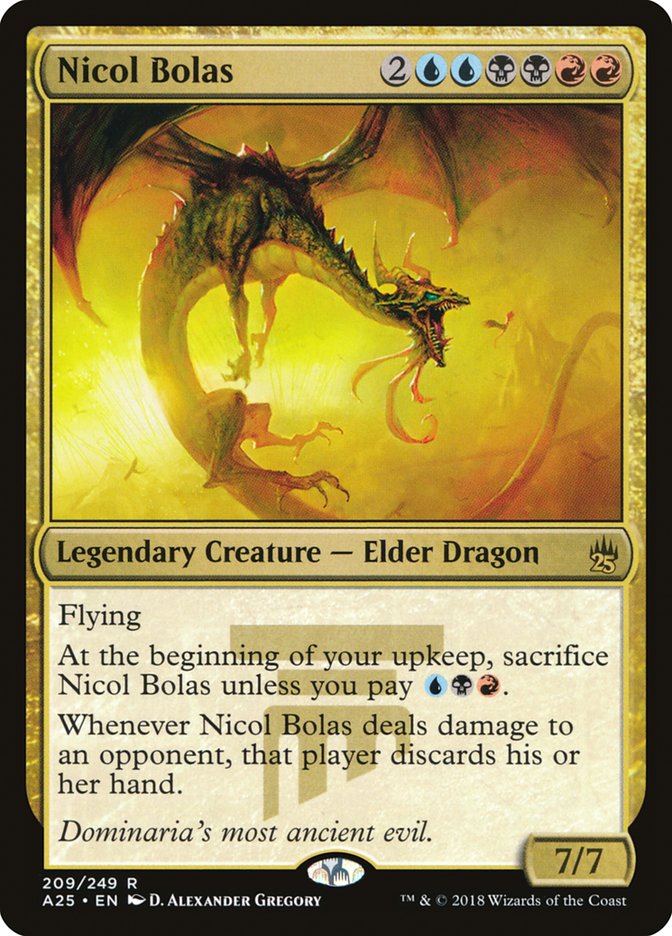
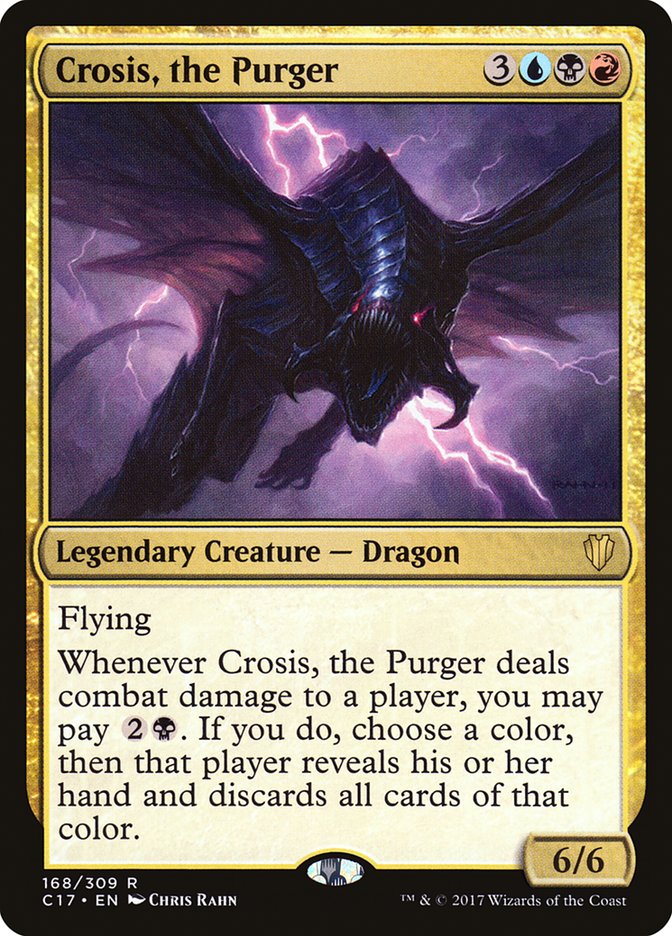
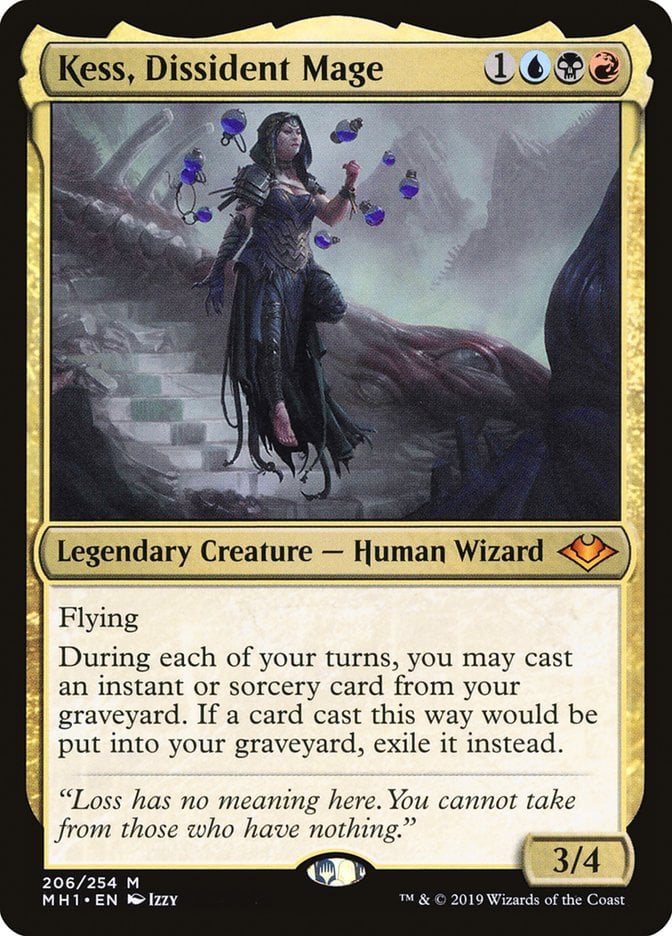
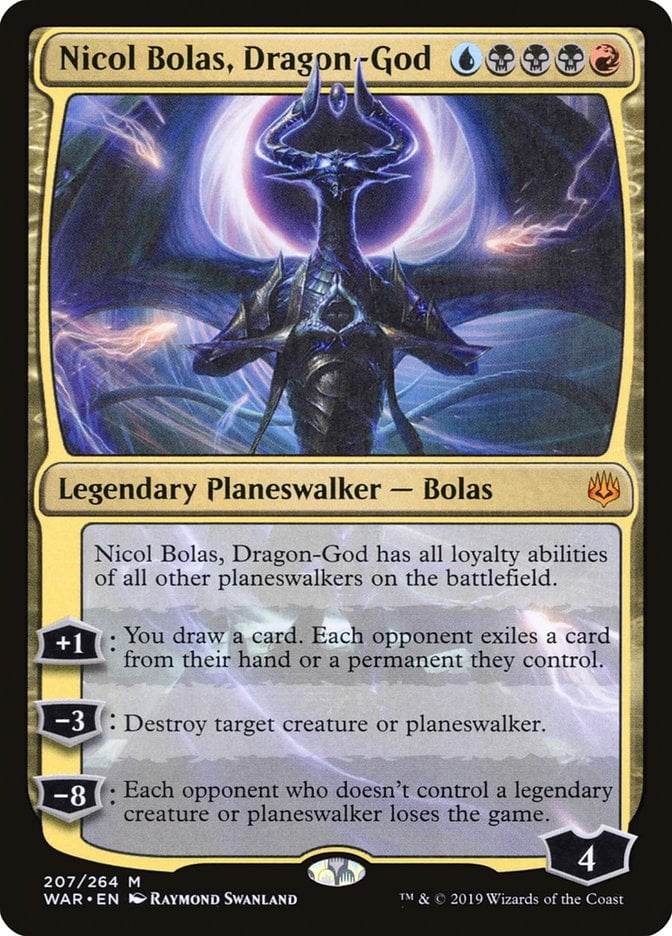
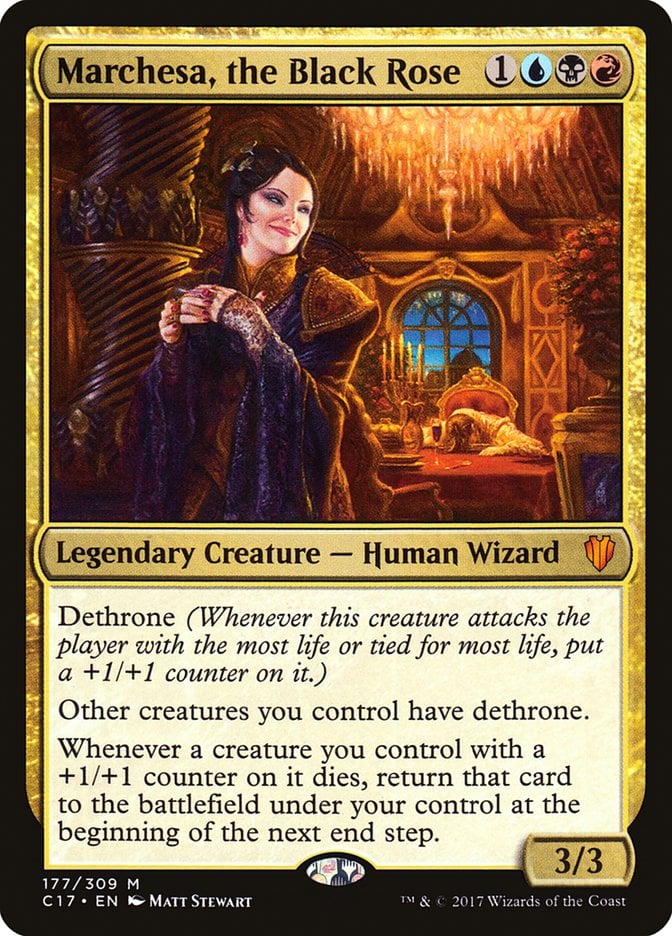
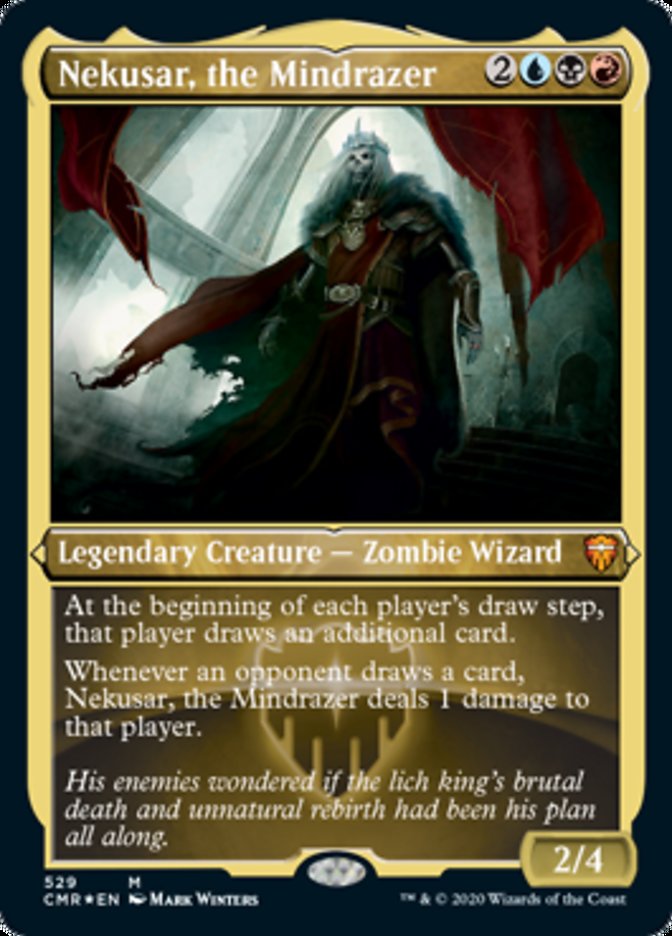
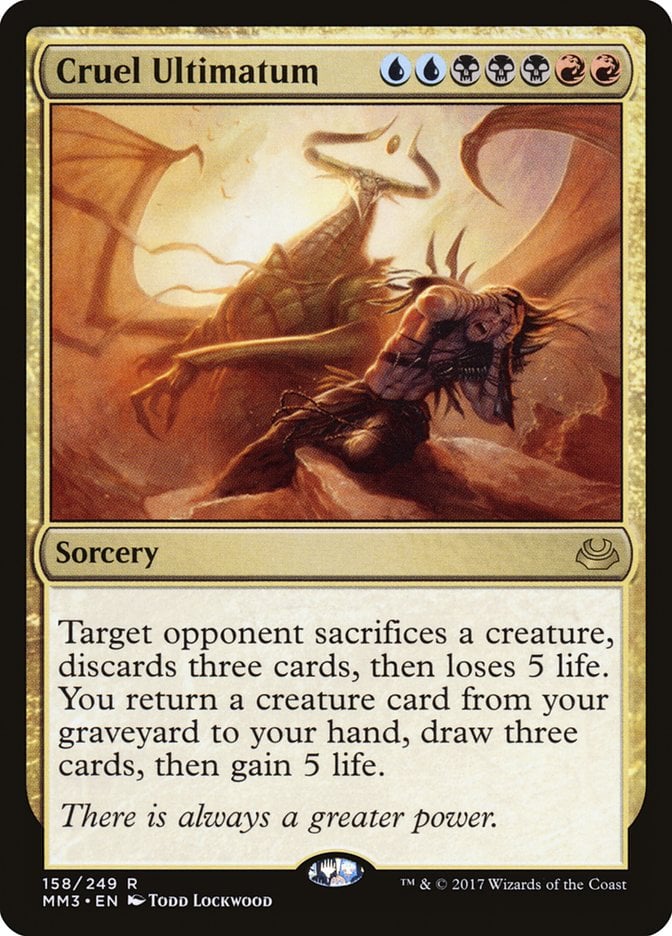
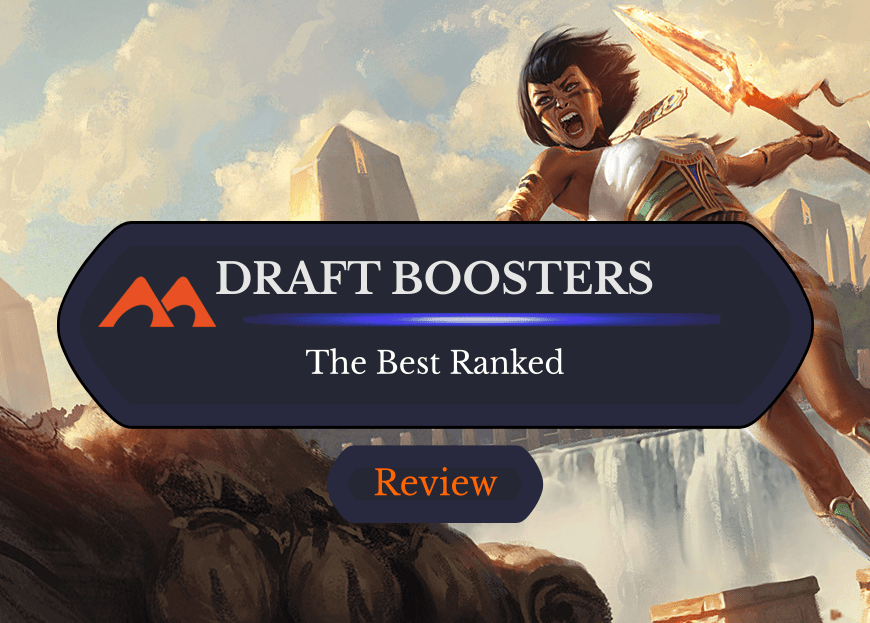

Add Comment